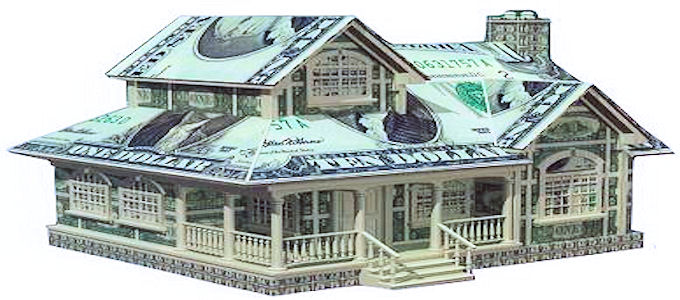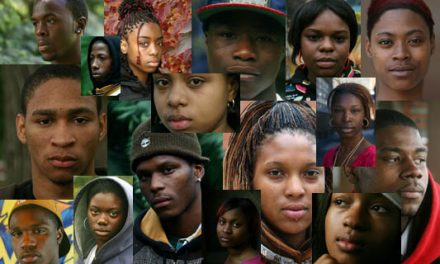The tourism and hospitality industry is a huge foreign currency earner in Zimbabwe. 2018 saw the industry raking in over USD1 billion. This year the projections are postulating that the revenue to be earned therein shall exceed USD2 billion. Last year roughly 3 million tourist arrivals were recorded in Zimbabwe. This shows that the tourism sector is steadily gaining traction and heading back towards its place of power. There is optimism that over half of the industry’s capacity will be fully appropriated and functional by the end of 2019. Currently, 8% of the Zimbabwean GDP is attributable to this industry – but there’s definitely room for more growth.
The Fragility Of The Industry
Tourism is a very delicate industry owing to its susceptibility to any changes in the political and economic spheres. One of the reasons why last year there was a marked improvement in tourist arrivals was due to a perceived new political dispensation. The global perception of Zimbabwe has been somewhat positive for the most part since November 2017. Despite some incidents of violent and bloody protests, the country is now predominantly considered a safe tourist destination. Plus efforts by the government to engage the international community have also contributed towards promoting a favourable attitude of global prospective tourists.
On the tourist service providers side, there are 3 key operational issues they are battling with. The economy has been plummeting for a while now and that negatively impacts on the viability and sustainability of business operations in that sector. The disregard of the 1:1 parity between the USD and bond along with the coming in of the RTGS$ have created a cycle of problems. Fuel availability and costs are heavily disrupting the industry because it’s leading to decreases in operational capacities. The other ripple effect of that is the price distortions. Lately, we have also seen a widespread surge in load-shedding, due to reduced water levels in Kariba, reduced imports of electricity and reduced the generating capacity of Hwange power stations. This ultimately spikes the costs of operation due to reliance on the use of generators – plus don’t forget that fuel is scarce and costly.
On the brighter side though, the continued fall of the RTGS$ value against the USD has given rise to a strategic outcome. In USD terms, prices of goods and services have actually decreased and that spells more affordability for regional and international tourists. So that may lure more tourists to pay us a visit.
It’s Key Inclusion In The TSP
The Transitional Stabilization Programme notes the tourism industry as a crucial aspect to reviving this economy. This is obviously premised on the industry’s ability to bring in the much needed foreign currency. The other aspect is the creation of numerous employment opportunities. Thirdly, tourist arrivals go a long way in mending the largely distorted and oft time exaggerated the global perception of Zimbabwe. The TSP’s thrust is to achieve a 15% GDP contribution by the tourism sector. This shall be driven at by ensuring that tourist arrivals hit the 5 million mark. This is all enshrined in the Vision 2030 as laid out by the finance minister.
As I’ve highlighted the industry is on a growth trajectory, so, what must be done to ensure the industry continues to grow consistently?
The Unlocking Of More Local Tourist Destinations
As it stands right now most tourist arrivals are confined to Harare and Victoria Falls. Of which that’s just a tiny microcosm of the vast tourism landscape in Zimbabwe. Virtually every province in the country has alluring tourist destinations. Some of them aren’t as active due to some of the issues I highlighted earlier. Some of them are subject to the effects of dilapidated infrastructure and poor roads networks which hamper their accessibility. Some areas aren’t adequately publicized in print or electronic media. So if the current growth curve is to be scaled further, there is a need for more tourist destinations to be unlocked. There is even a need for the resuscitation of several airstrips across the nations. For instance, there are no commercial flights to Masvingo which then relegates access to just by road – which can be long and arduous. Addressing all this will make access easier and unlock most docile tourist destinations.
Government And Corporate Support
Some of the hurdles I alluded to early on can be decisively addressed by support from these two entities. There is a need for the establishment of frameworks that ease the financial and material burden for tourism service providers. Partnerships, joint ventures and investments from the corporate sector are much needed to boost this industry. Government has a critical role to play in ensuring that favourable policies are put in place. They can also assist in improving access to some of the key components needed by business players in this industry e.g. fuel and electricity. Concerted efforts are needed in infrastructural development initiatives.
Telling The Zimbabwean Story More, Online
The internet and social media should be leveraged on to sell Zimbabwe to the world. At times I’m seriously disturbed by some tourist destinations that have no robust online presence. It must be ensured that all tourist destinations must have stand-alone websites (not just being listed on online directories). There is also a need for an active presence on social media. Social media influencers and content creators alike must seriously consider focusing on the tourism industry as the industry must seriously consider working with them. We need to see more and more travel bloggers and vloggers putting local tourist attractions on the global map.
Zimbabwe is endowed with numerous tourist destinations, so much that we should be an epitome of tourism in Southern Africa. It used to be so years back and we have difficult terrain to traverse in order to be en-route to that place of power again.








